HOW WE FOUGHT FOR A TORTOISE’S LIFE
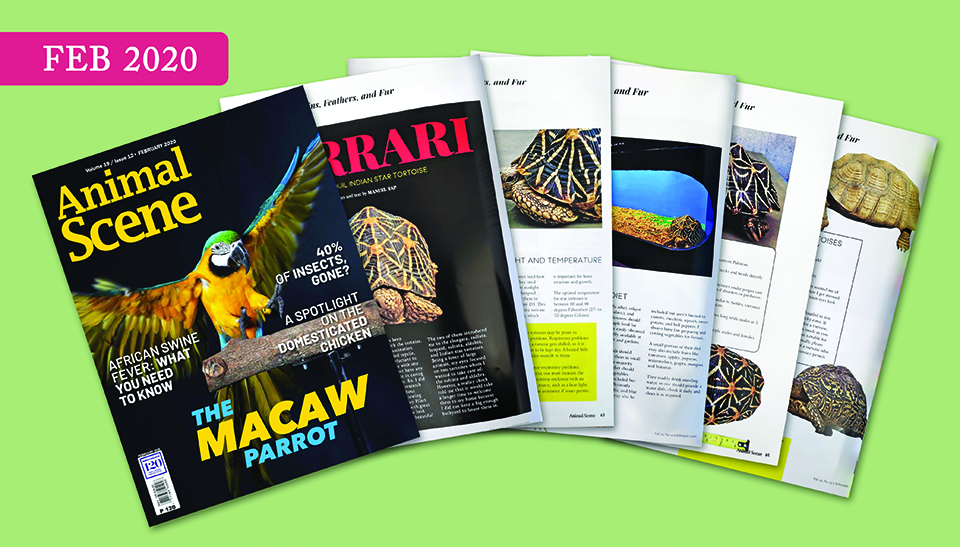
In my February 2020 article titled Ferrari: The Tranquil Indian Star Tortoise, I wrote about my unexpected animal companion Ferrari, a seven-year-old female Indian Star tortoise whom I have been taking care of since 2014. In the past seven years, I have not encountered any significant issues – she was healthy and happy, just like me as I cared for her – until recently
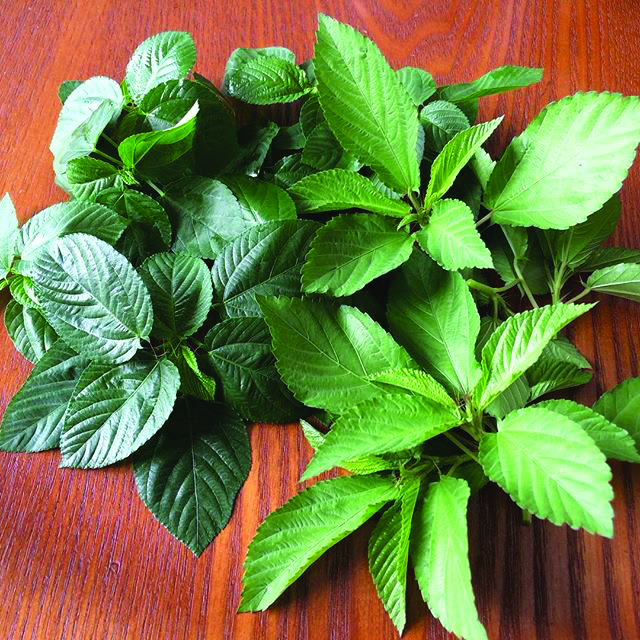
THE UNFORTUNATE DISCOVERY
As the COVID-19 pandemic struck, I faced a challenging time managing my business and caring for my family, my friends, and myself. All of my pets were being cared for by my personnel.

She was being fed a combination of commercial tortoise food and plants, including peanut grass, kangkong (water spinach), alugbati (Malabar spinach), saluyot (jute), and watercress. However, resources for pet care became scarce. I ended up losing track of Ferrari’s well-being as I left her care to one of my personnel.

One day, I noticed Ferrari’s head sagging on the enclosure floor. She was minimally responsive to touch, and she barely moved her body. I decided to start monitoring her.
Two hours later, I went to check up on her and saw that she looked worse than she did before: Her eyes were almost fully closed, her head drooped, and she lay passively on the floor.
Given that she was a picky eater, the first thing I asked my personnel was if she had been eating her food. It alarmed me when my personnel did not respond. It meant that perhaps Ferrari was not eating, and the personnel was merely throwing out the food without checking if she had eaten any of it.
It was then that I realized that a care checklist had to be provided, or perhaps a specific person had to be assigned to Ferrari’s care. I later discovered that only kangkong leaves were given to Ferrari for months.
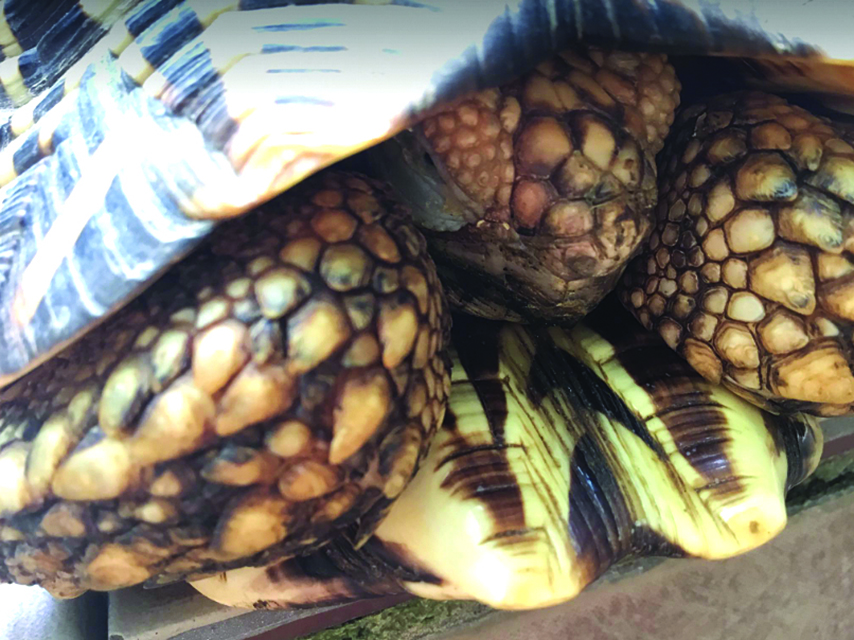
ASKING FOR HELP
After discovering the circumstances behind Ferrari’s concerning state, I immediately contacted people whom I knew were well-versed in reptile care. I contacted my friends Johnny Filart, Larry Tan, and Animal Scene Managing Editor Jeffrey Lim.
Jeffrey advised me to soak Ferrari in water and ask a vet to check on her. I discovered how difficult it was to find a vet for reptiles, because most vets specialized in cats and dogs. The good news was, with the help of my son Aaron and my wife Suzie, Ferrari became more responsive after she was soaked in water. They extended their help to me as I became quite sad about my companion animal.
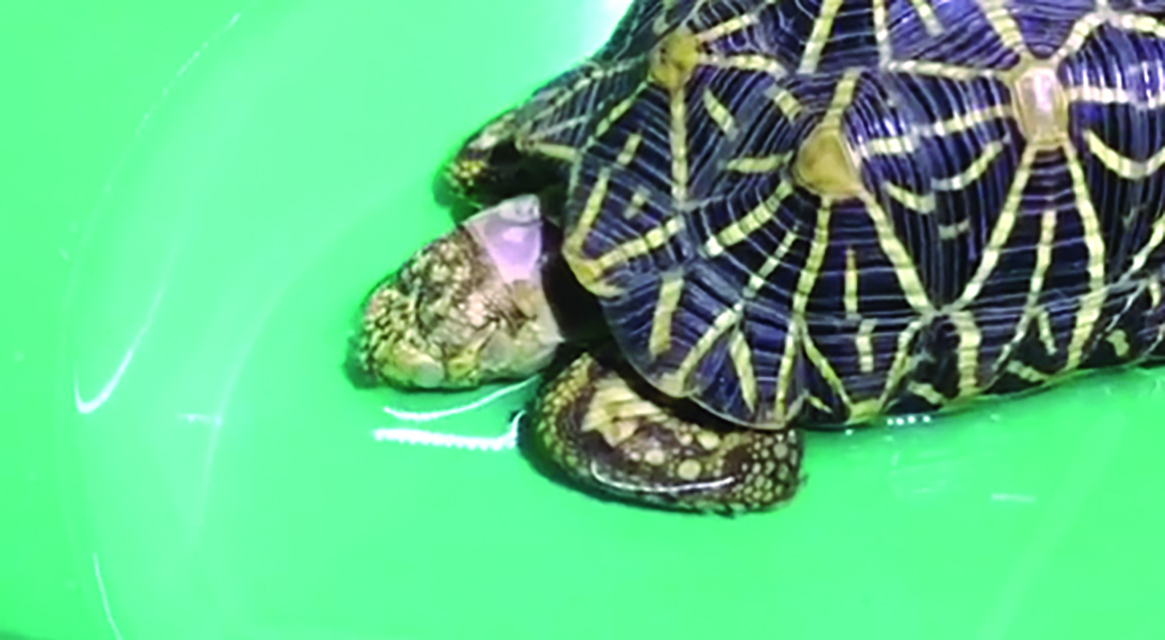
I then contacted our family vet Dr. Jerry Hawson, who admitted to us that like many vets, reptiles were not his specialty. He recommended Dr. Lester Louis L. Lopez.
NURSED BACK TO HEALTH
On April 16, we had Ferrari admitted to the Manila East Veterinary Clinic under the care of Dr. Lopez. Angela assisted us and gave Ferrari an X-ray, stool exam, nebulization, Roborant injection, antibiotic injection, and oral antibiotic.

Ferrari spent three weeks in the clinic. During that time, she gradually recovered, becoming more responsive and starting to eat on her own. Her stool exam tested positive for worms, but after treatment, the problem went away.
The three weeks later, although she was still weak, she had recovered enough to be taken home.
On May 7, Ferrari came home to us, along with a set of instructions from Dr. Lopez on how to nurse her back to health. Armed with these instructions, we cared for Ferrari. Slowly but surely, she fully recovered.
Ferrari was a fighter – and a ferocious one at that. Despite all her health problems, she for her life and came out victorious.
On June 29, Ferrari was fully recovered. She is alive and well.
WHAT HAPPENED NEXT
Ferrari was treated for respiratory infection. It was likely predisposed by the metabolic deficiency she already had: She was not growing and getting the nutrients she needed to develop her immune system and body naturally.
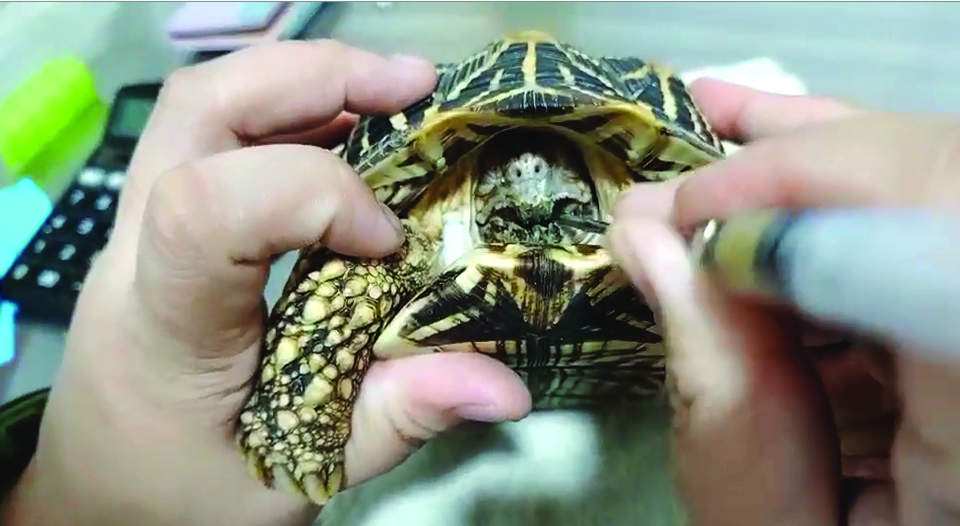
She also had urates and worms. All of these issues were addressed during her time at the vet, and she continued to be treated for them until she was healthy again.
TREATMENT REGIMEN
How was Ferrari nursed back to health? We followed the instructions given by Dr. Lopez regarding her diet and care.
DIET
She was given syringe feeding of recovery food that contained fiber on a daily basis until she could eat on her own again. Once she was eating on her own, she was given a salad containing Romaine lettuce, cucumber, cabbage, carrots, pumpkin, kangkong, saluyot, spinach, and bell pepper.
She was also given vitamins every morning, plus commercial food from a trusted brand.
CARE
Ferrari would bask and soak every morning (7 to 9 AM) and afternoon (5 to 5:30PM) for 30 minutes. She was then given steroid injections and Roborant during weekly follow-up check-ups.
My wife and personnel took daily care of Ferrari. At first, she didn’t show much improvement. But as days passed, her status got better.
I spent a lot for her recovery, but I would say that the service and care provided by Ferrari’s friendly vet doctor were worth it, and I learned important lessons along the way.

LESSONS LEARNED
Ferrari is now more active and even stronger than before she got sick. As Jeffrey Lim told me, “Your tortoise is… strong; she will be well again.”
Because of what she went through, these are the things that I learned.
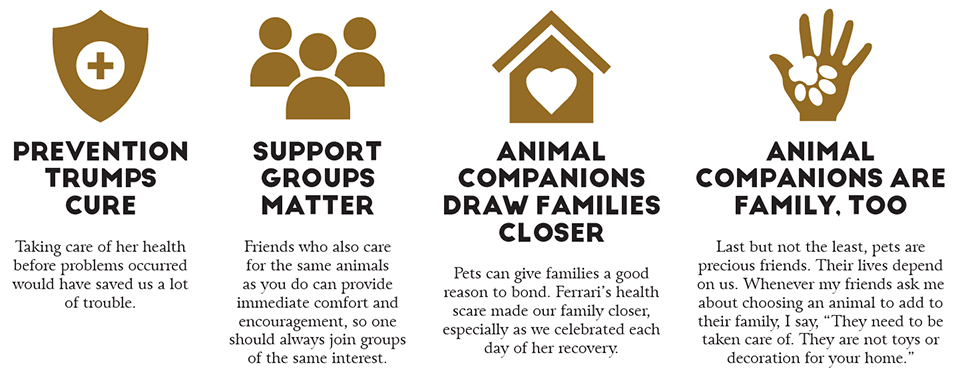
COURAGEOUS, TENACIOUS, AND FEROCIOUS WHILE FIGHTING FOR LIFE –—THESE ARE NOW MY NEW ADJECTIVES FOR FERRARI.
Photos by Manila East Veterinary Clinic, Manuel Yap, and Suziebeth Yap. For questions, please email [email protected].
“But the Lord is faithful. He will establish you and guard you against the evil one.” 2 Thessalonians 3:3 ESV
“Let all bitterness and wrath and anger and clamor and slander be put away from you, along with all malice. Be kind to one another, tenderhearted, forgiving one another, as God in Christ forgave you.” Ephesians 4:31-32 ESV






